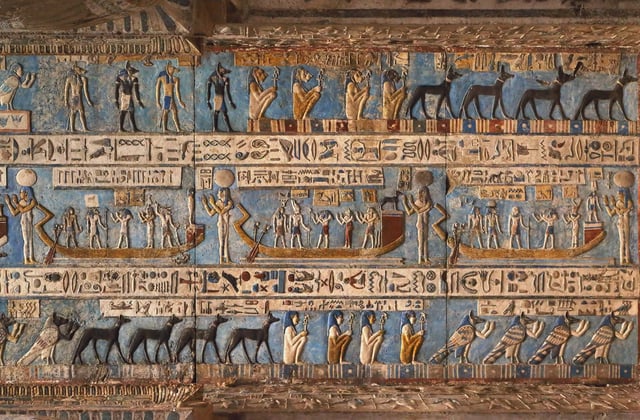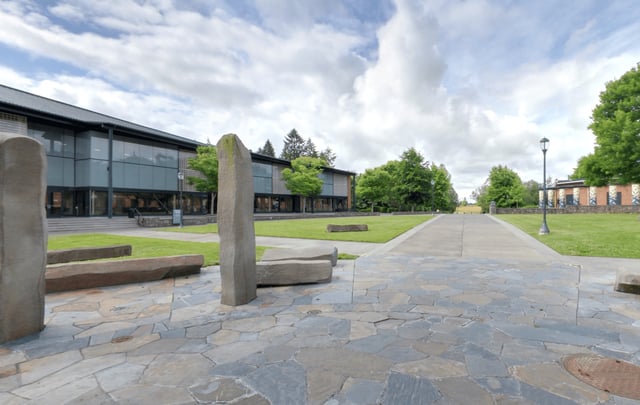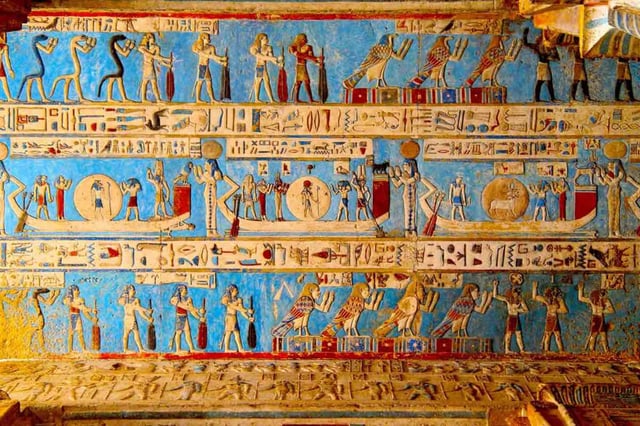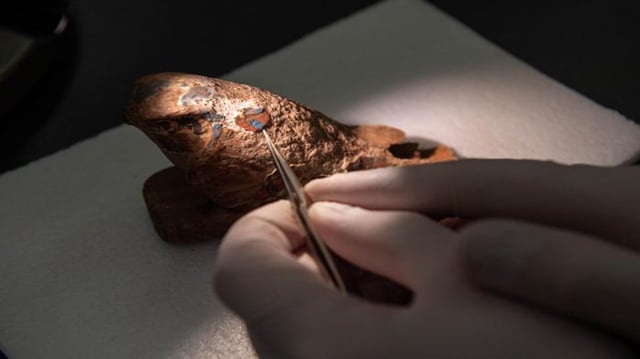Overview
- Washington State University engineers collaborated with the Carnegie Museum of Natural History and the Smithsonian’s Museum Conservation Institute to test twelve ancient-inspired recipes.
- Each formulation combined silicon dioxide, copper, calcium and sodium carbonate and was heated between one and eleven hours to replicate ancient production conditions.
- Analyses showed that subtle changes in composition and firing time produced hues from gray-green to vivid blue, with the deepest tone achieved using about 50% of blue-related components.
- The pigment’s near-infrared emission, invisible to the naked eye, has prompted investigations into its use for fingerprint detection and counterfeit-proof inks.
- Recreated samples are now exhibited at Pittsburgh’s Carnegie Museum of Natural History while researchers pursue further technological and conservation applications.



